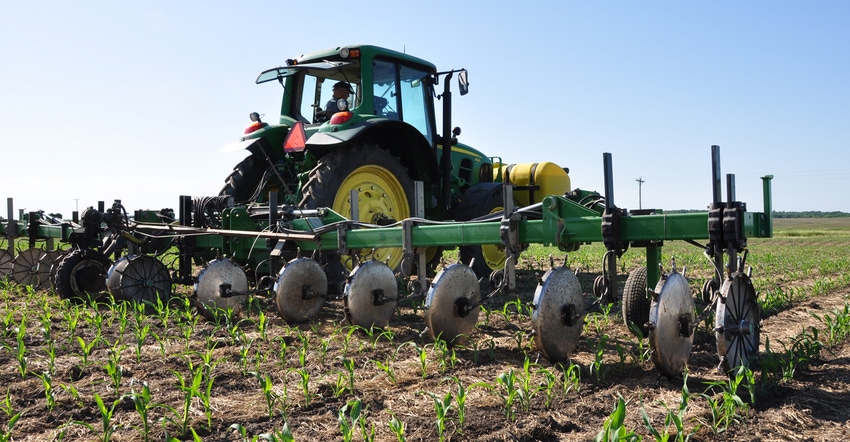May 29, 2020

Enrollment opened for USDA’s Coronavirus Food Assistance Program on May 26. Totaling $19 billion, CFAP uses a two-pronged approach to mitigate the economic pain the pandemic is causing the rural economy. CFAP includes $16 billion in direct payments to farmers who qualify and provides $3 billion to purchase major quantities of ag commodities for distribution through food banks.
USDA is moving quickly to get CFAP payments to farmers. “These payments will help keep farmers afloat while market demand returns as our nation’s economy reopens and recovers,” says USDA Undersecretary Bill Northey. “We have payments in there for many different commodities, from crops to livestock to dairy to watermelons and more. Most of what this program does is help cover farmers’ financial losses that occurred in the first quarter of 2020. Of course, there are ongoing losses after that, as farmers have sold crops and livestock for continued low prices.”
Congress is looking at providing more support. Although CFAP is providing $16 billion in financial aid to agriculture, the actual losses to ag producers are in excess of that amount for the entire U.S. and losses will be ongoing for crops planted this year.
“Crop and livestock markets have been hurt by the demand disruption caused by COVID-19,” Northey says. “We’ve lost a big share of ethanol demand, and corn prices have dropped.”
He believes other programs will follow to provide financial aid after CFAP funding runs out.
Farmers enrolled in risk management programs such as crop insurance or the dairy revenue protection program are eligible for CFAP. “We look at this as separate from other programs,” Northey says. For losses due to low prices, USDA is focusing on those occurrin
after Jan. 15. If you sold ahead of that date, that grain isn’t covered by CFAP. This is a complex program with caveats and details. Northey recommends visiting farmers.gov/cfap or calling FSA with questions.
Essential support
“Producers are facing a tough time now. We are making every effort to provide much-needed support as quickly as possible,” says Amanda DeJong, state executive director for FSA. “FSA is available online and over the phone to walk you through the CFAP application process.”
Accepted through Aug. 28, the application, along with other eligibility forms, is at farmers.gov/cfap.
gThere, you’ll find a calculator to help identify sales and inventory records needed to apply and to calculate potential payments. Or call 877-508-8364 to speak to a USDA employee. This is a good first step before a producer engages the team at the FSA county office, DeJong says.
CFAP doesn’t begin to cover the cost of today’s unstable economic situation in agriculture. “But we are grateful to have this support so we can keep our farming operations viable and moving forward,” says Iowa Farm Bureau President Craig Hill. “Getting immediate financial assistance is critically important. Iowa’s ag economy was weak and vulnerable going into 2020, and since the COVID-19 pandemic has hit our economy, every major Iowa commodity has suffered significant price declines and major food chain disruptions. This is not an ordinary crisis and has definitely been outside individual farmers’ control.”
Read more about:
Covid 19About the Author(s)
You May Also Like






